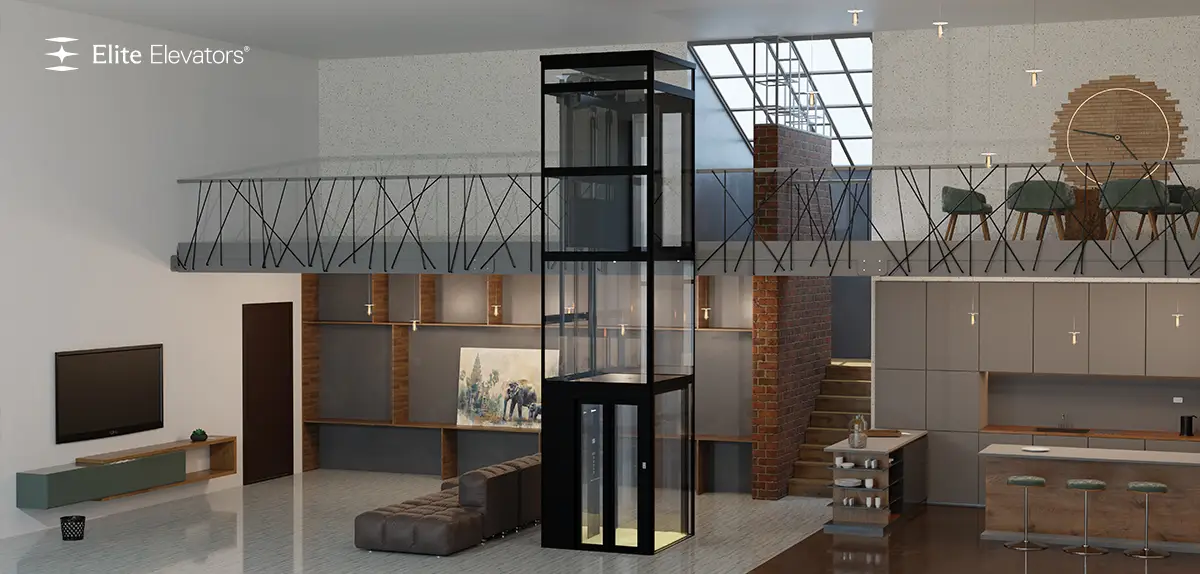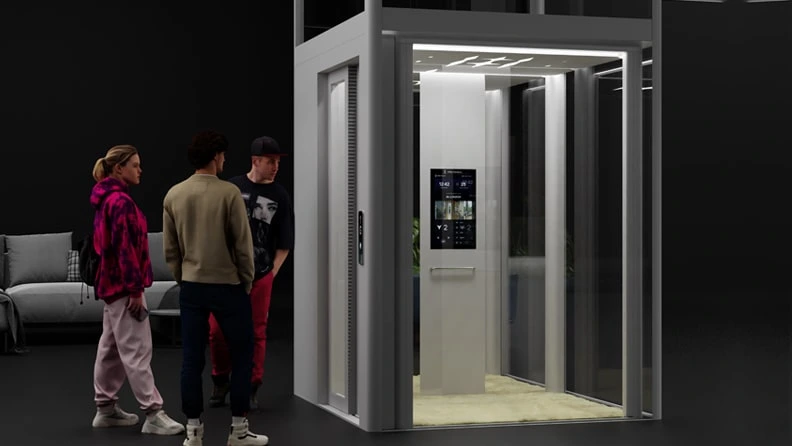Table of Contents
Introduction
In today’s world of smart living, a home lift isn’t just an upgrade; it’s a statement of style, ease, and forward-thinking design, seamlessly blending luxury with everyday convenience. However, installing a home lift is not just about choosing the right model; it involves adhering to strict building regulations to ensure safety and compliance. This comprehensive guide will walk you through the key building regulations you need to consider when installing a home lift.
Home lifts offer numerous benefits, including improved mobility for the elderly and disabled, enhanced property value, and added convenience. However, understanding the building regulations is crucial to ensure a safe and compliant installation.
Building Regulations for Home Lifts
Importance of Building Regulations
Building regulations are legal requirements that ensure the safety, health, and welfare of people in and around buildings. These regulations cover various aspects, including structural integrity, fire safety, accessibility, and energy efficiency.
Compliance with National Standards
In India, the primary standards for home lifts are outlined in the National Building Code (NBC) and the Bureau of Indian Standards (BIS). These standards provide guidelines on the design, installation, and maintenance of home lifts to ensure safety and reliability.
National Building Code (NBC)
The NBC sets out the criteria for the construction and installation of lifts in residential buildings. Key aspects include:
- Structural Safety: Ensuring the building can support the lift installation.
- Fire Safety: Compliance with fire resistance and escape provisions.
- Accessibility: Providing access for people with disabilities.
Bureau of Indian Standards (BIS)
The BIS provides specific standards for lift components, such as:
- IS 14665: General requirements for electric lifts.
- IS 15259: Code of practice for fire safety in lift installations.
Local Building Codes and Permits
In addition to national standards, local building codes and permits are essential. These regulations can vary significantly between different states and municipalities. It is important to consult with local authorities and obtain the necessary permits before proceeding with the installation.
Consultation with Local Authorities
Engaging with local authorities ensures that all regional building codes are met, and necessary permits are acquired. This step is crucial to avoid legal complications and ensure a smooth installation process.
Key Building Regulations for Home Lifts
Structural Requirements
Load-Bearing Capacity
The building’s structure must be able to support the weight of the home lift and its passengers. An assessment by a structural engineer is often required to determine the load-bearing capacity and any necessary reinforcements.
Shaft Construction
The lift shaft must comply with specific construction standards to ensure safety and functionality. This includes proper dimensions, ventilation, and fire resistance.
Safety Regulations
Emergency Provisions
Home lifts must be equipped with emergency features such as alarm systems, emergency lighting, and backup power supply to ensure passenger safety during power outages or emergencies.
Fire Safety
Compliance with fire safety regulations is critical. This includes using fire-resistant materials, providing fire alarms, and ensuring safe evacuation routes.
Accessibility Requirements
Design for All Users
Home lifts should be designed to accommodate all users, including those with disabilities. This involves ensuring sufficient space, proper door width, and easy-to-use controls.
Compliance with the Rights of Persons with Disabilities Act
In India, the Rights of Persons with Disabilities Act mandates accessibility provisions in public and private buildings, including the installation of accessible home lifts.
Maintenance and Inspection
Regular Maintenance
Regular maintenance is essential to ensure the safe and efficient operation of home lifts. This includes routine inspections, servicing, and prompt repairs.
Compliance with Maintenance Standards
Maintenance activities must comply with relevant standards, such as the IS 14665 code, which outlines the maintenance requirements for electric lifts.
Choosing the Right Home Lift with Elite Elevators
Why Choose Elite Elevators?
Commitment to Safety and Compliance
Elite Elevators is dedicated to providing home lifts that meet the highest safety and compliance standards. Our products are designed and installed following all relevant building regulations, ensuring peace of mind for our customers.
Wide Range of Options
We offer a variety of home lift models to suit different needs and preferences. Whether you need a compact lift for a small home or a luxurious lift for a villa, Elite Elevators has the perfect solution.
Expert Guidance and Support
Consultation and Planning
Our team of experts provides comprehensive consultation and planning services to help you choose the right home lift and navigate the regulatory requirements.
Professional Installation
Elite Elevators ensures professional installation by experienced technicians, adhering to all safety and compliance standards.
Ongoing Maintenance and Support
We offer ongoing maintenance and support services to keep your home lift in optimal condition, ensuring long-term reliability and safety.
Conclusion
Understanding and adhering to building regulations is essential when installing a home lift. By choosing Elite Elevators, you can ensure compliance with all relevant standards, providing a safe, reliable, and convenient solution for your home. Contact us today to learn more about our home lift options and how we can assist you in meeting all regulatory requirements.

